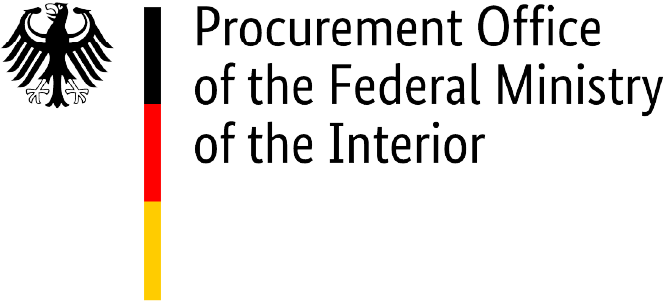Invoice recipients often say they would like e‑invoices to contain more required fields in order to ensure good quality data when it comes to processing invoices. The XRechnung specification already stipulates a wide range of required fields, and this helps to ensure the quality of invoice data. In cases where information is legally required – for instance under the VAT Act (UstG) – and where that information can be specifically linked to a modality and field in the XRechnung specification, a business rule (BR) has been created for this information and the corresponding required fields are subject to validation (e.g. invoice issue date or invoice total amount). However, the legal regulations and/or supplementary ordinances (e.g. the VAT Application Ordinance; UStAE) allow some degree of freedom in terms of how to provide certain invoice data. This flexibility makes it possible to enter data in a manner appropriate to a number of business transactions and individual situations. The examples below show how this works in practice:
Example 1: Delivery date
VAT regulations allow various options for providing information about the delivery date. With invoices for very small sums of money, there is no requirement to provide information about the delivery date (see section 33 of the VAT Implementing Ordinance; UStDV). However, according to chapter 14.5 (16) sentence 2 of the VAT Application Ordinance (UStAE, as at 8 June 2023), if the date of delivery or service is the same as the invoice issue date, then the date of delivery or service need not be provided as a specific date; instead, this information can be expressed in free text (e.g. “Date of service as invoice date”).
Example 2: Address of invoice issuer
According to chapter 14.5 (2) sentences 5 and 8 of the VAT Application Ordinance (UStAE, as at 8 June 2023) “any type of address is sufficient, provided the contractor/customer can be reached at that address. (…) If the contractor/customer has (…) a major customer address (…), the provision of that address in the invoice fulfils the requirements of a complete address in accordance with section 14, (4) sentence 1 no. 1 of the VAT Act (UstG)”. If the invoice issuer has a major customer address, it is sufficient to provide the relevant postcode and town or city in the invoice.
The above examples clearly show that, owing to the variability of information to be provided in invoices, it is not always possible to create required fields that accommodate all potential entries. We therefore recommend that invoice recipients contact their suppliers early on to clearly specify the information they require in their invoices and to explain where this information should be entered (i.e. in which BT fields). Invoice recipients could also consider including such information in their contracts.



